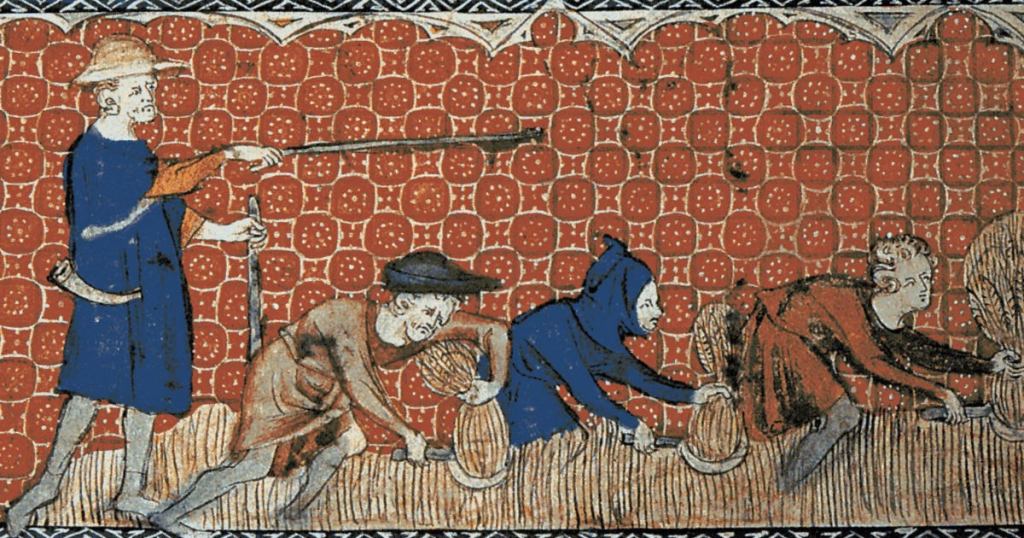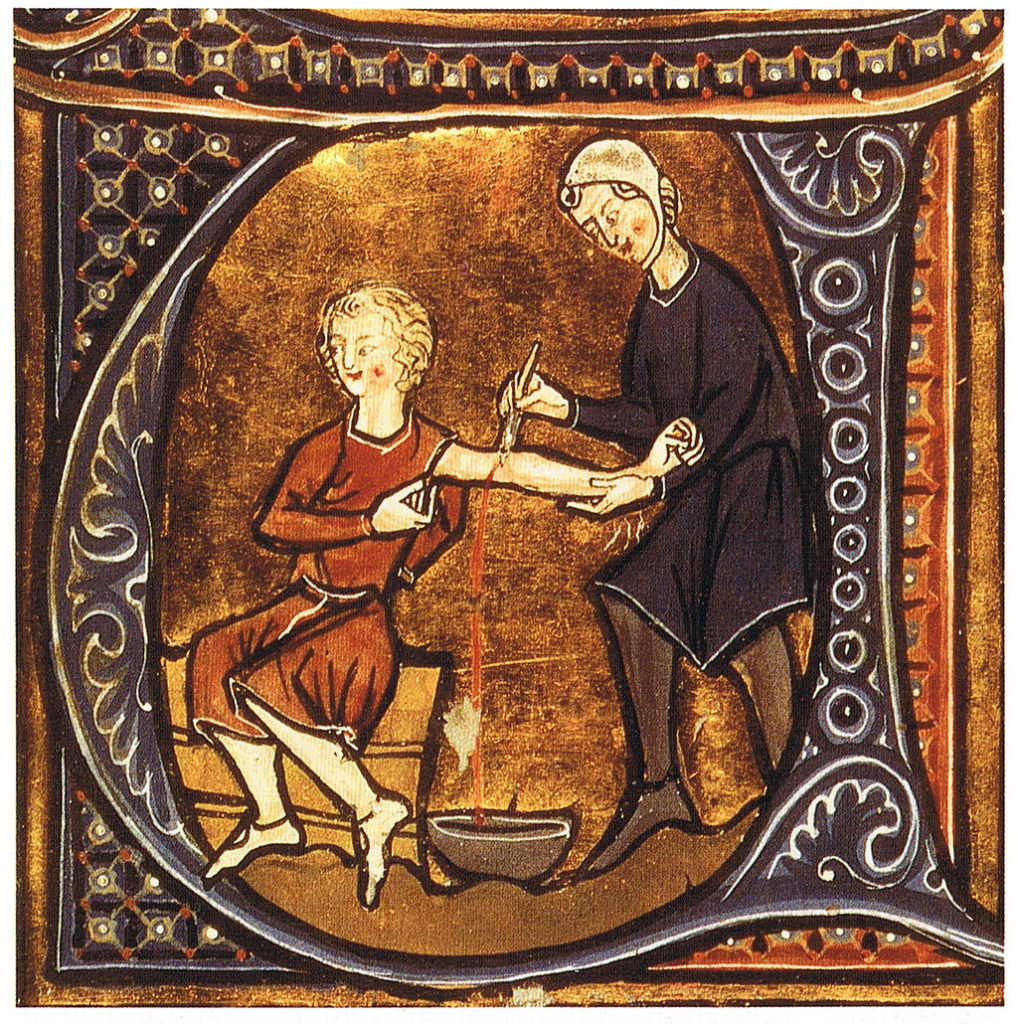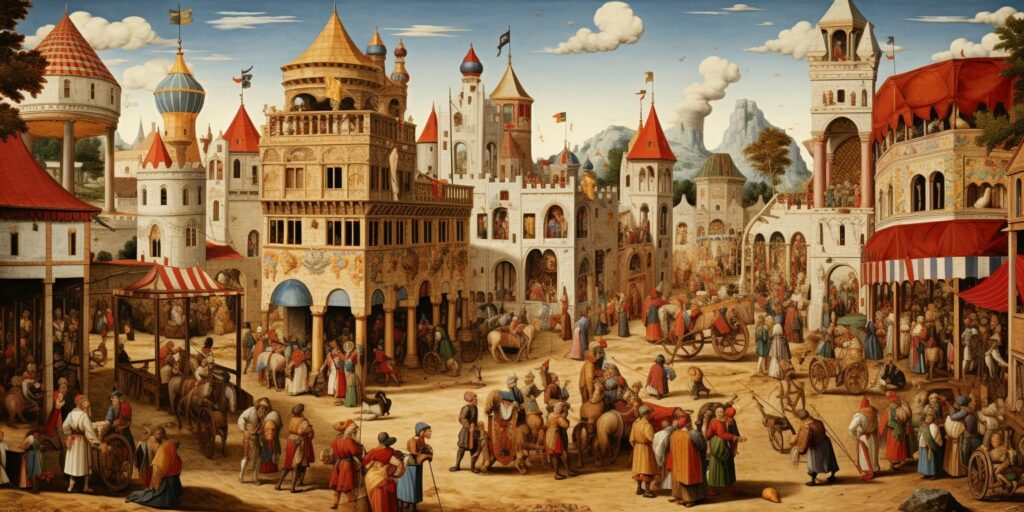In the annals of history, the Middle Ages stand as a perplexing era, a time when life was enshrouded in mystery and marred by hardships. Let’s delve into the peculiar and sometimes bizarre aspects that defined this period, unveiling the obscured truths that lay beneath the surface.
1. Pestilence and Plague: The Black Death’s Grim Grip

The haunting specter of the Black Death, a merciless pandemic that swept through Europe in 1347, reshaped the very fabric of society. With an estimated twenty million lives claimed, this devastating plague left an indelible mark on the population. Families shattered, communities fractured, and the relentless march of death altered the course of European history. The aftermath of the Black Death lingered, casting a long shadow over an already challenging existence.
2. Live Terribly, Die Fast: Perils of Everyday Life

In the tumultuous tapestry of medieval life, survival was a precarious feat. Diseases like tuberculosis, leprosy, and cholera lurked in the shadows. Basic hygiene was a luxury, with cities drowning in filth and lacking proper sanitation. The average life expectancy hovered around a mere 35 years, and childbirth, a perilous journey fraught with danger. In the relentless struggle for existence, the fragility of life was ever-present.
3. The Relentless Waging of War: Battling for Stability

Warfare, a constant companion in the Middle Ages, unfolded in a relentless cycle. From short, intense conflicts to protracted wars like the 100 Years’ War, the specter of battle loomed large. Nobles honed their martial skills, and conscription thrust peasants into the heart of the conflict. The feudal system dictated the duty to fight or pay a hefty price, perpetuating a cycle of violence that endured for generations.
4. The Cruelty of Crime: Justice in a Harsh Realm

Navigating the medieval legal landscape was a perilous endeavor. Crimes, both petty and heinous, were met with brutal retribution. Trial by ordeal, a grim practice, determined guilt or innocence through torturous means. Public executions, floggings, and corporal punishment were commonplace, creating an atmosphere of fear and harsh consequence.
5. Brutal Feudal Life: Struggling in the Class Divide

The feudal hierarchy dominated medieval society, with a privileged few enjoying wealth and power at the expense of the serfs. Serfs, bound to the land, toiled endlessly, their lives defined by the whims of the nobility. Social mobility was a distant dream, and the class divide entrenched, creating a stark contrast in the quality of life.
6. Medicine? What Medicine?: A Desperate Quest for Healing

Navigating illness in the Middle Ages was a harrowing journey through primitive medical practices. The humoral theory, a flawed concept from ancient Greece, persisted, attributing ailments to imbalances of bodily fluids. Superstitions prevailed, with astrological charts guiding diagnoses. Treatment often involved bloodletting or leeches, and the absence of proper medical knowledge plunged the populace into a desperate quest for healing.
7. Work? What Work?: Laboring in Unpleasant Professions

Occupations in medieval times ranged from the mundane to the downright unpleasant. Leech collectors and fullers grappled with unenviable tasks, while labor protections were nonexistent, and wages remained meager. The rise of cities brought new opportunities, but many were marked by arduous toil and grim conditions.
8. One-Way Worship: The Dominance of the Catholic Church

The Catholic Church wielded unparalleled power, shaping the spiritual and societal landscape of medieval Europe. Peasants paid tithes and dedicated labor to the church, with the pope’s influence rivaling that of monarchs. Religious diversity faced persecution, creating an environment where worship was dictated from the top down.
9. Woes for Women: Struggling Against Patriarchal Constraints

For women in the Middle Ages, life was a challenging journey through a male-dominated society. Limited rights, patriarchal ownership structures, and perilous childbirth defined their existence. Despite these obstacles, a select few defied societal expectations, carving paths of influence and power.
10. It Was a Cold, Cold Time to Be Alive: The Little Ice Age’s Chilling Impact

As if the myriad challenges weren’t enough, the Little Ice Age descended upon medieval Europe, bringing frigid temperatures and widespread devastation. Frozen rivers, failed crops, and famine added to the litany of struggles. Superstitions abounded, attributing the harsh climate to divine wrath or supernatural forces.


